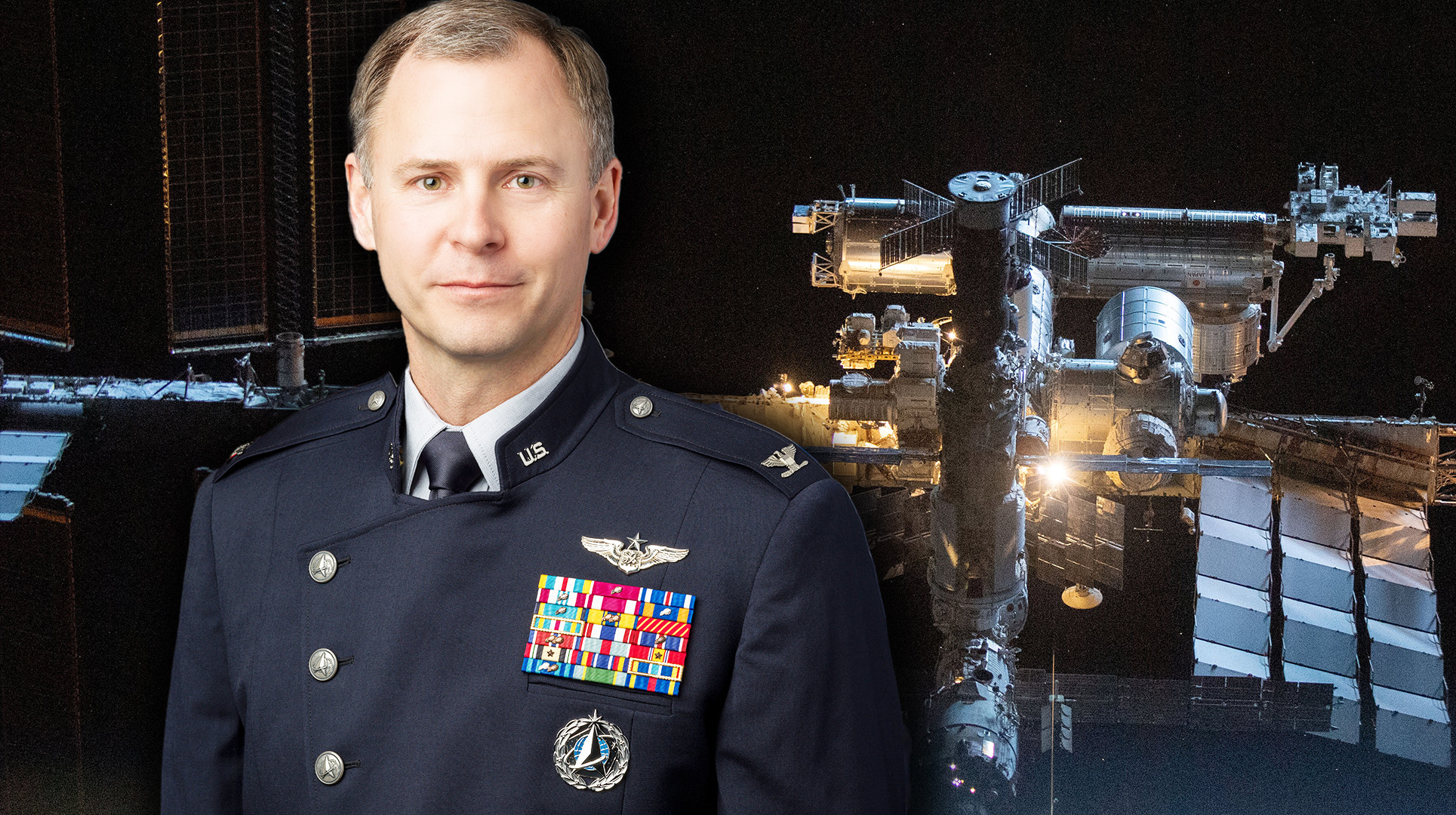
The Space Force launched its first guardian into space over the weekend.
Col. Nick Hague was launched into space from Cape Canaveral Space Force Station, Florida on Saturday to join other astronauts aboard the International Space Station. Hague is commanding a Dragon spacecraft for NASA’s Space X Crew-9 mission. Once he arrives at the ISS, Hague will act as a flight engineer for nearly six months and help the crew with various scientific research under the unique conditions that space has to offer, such as microgravity. Hague will participate in a variety of human research studies like how to avoid injury upon coming back to Earth and learning how space travel affects the human body on a molecular level, according to NASA.
He will also help with research on Spaceflight Associated Neuro-ocular Syndrome which occurs when body fluids shift toward the head during weightlessness. One study will have Hague wearing fitted thigh cuffs to see if it counters the syndrome by keeping more bodily fluids in the legs and another will have him take Vitamin B to see if it can mitigate eye swelling.
While he’s there, Hague will also retrieve two astronauts who have been stranded on the ISS due to problems with Boeing’s Starliner spacecraft.
“NASA’s SpaceX Crew-9 mission to the International Space Station is a regularly scheduled round trip flight to and from the orbiting complex, not a rescue mission,” NASA said in a statement to Task & Purpose. “NASA astronauts Butch Wilmore and Suni Williams have an assigned return spacecraft, like any other crew, and will remain at the space station completing science and maintenance activities aboard the microgravity laboratory.”
Wilmore and Suni Williams arrived at the space station June 6. The two were scheduled to spend eight days there until NASA decided in August that the Starliner that brought them into space would return to Earth without them after the spacecraft developed a series of problems, including helium leaks and malfunctions with its control thrusters. To accommodate seating, NASA revamped the Crew-9 mission and removed two NASA astronauts from the outgoing flight to make room for the two stranded astronauts aboard the Dragon spacecraft on its way back to Earth.

Hague is set to return to Earth early next year.
Subscribe to Task & Purpose today. Get the latest military news and culture in your inbox daily.
Hague is the first guardian launched into orbit right before the Space Force celebrates its fifth anniversary in December. However, he is technically not the first Space Force guardian to be in space since NASA astronaut Mike Hopkins transferred from the Air Force while in orbit on the International Space Station in December 2020.
This will be Hague’s third flight toward space. In 2019, Hague spent more than six months on the International Space Station. In 2018, he launched on a Russian mission headed to the ISS which suffered a near-catastrophic engine failure two minutes after liftoff but survived, parachuting back to earth in the crew capsule.
Hague’s Crew-9 mission is the first crewed launch from Space Launch Complex 40 but the site’s history goes back to the 1960’s when the Air Force used the launch pads for Titan rockets which were part of their intercontinental ballistic missile program.
The latest on Task & Purpose
- Command chief fired at Keesler Air Force Base after investigation ‘warranted removal’
- Marine Corps rolls out plan to overhaul marksmanship training for the first time in a century
- Army meets recruiting goal with soldiers who are older or need extra prep
- Nine college lacrosse players hospitalized after workout led by Navy SEAL graduate
- Surge in Marines staying in the Corps past their first enlistment
